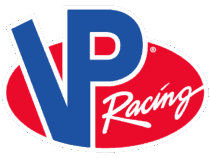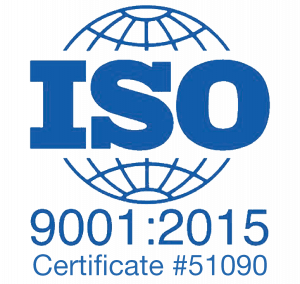As the racing season winds down, your focus shifts from the track to preparations for the future. Upgrades, sponsorship proposals, and new builds are common top-of-mind topics. With all that, it’s easy to overlook a crucial element: race fuel storage.
The question lingers – should you drain your race fuel, stabilize it, or hope for the best? Let’s demystify this process to make fuel storage a hassle-free task to tick off your to-do list.
🛢️ Choose the Right Container
Drain and Return: Drain your fuel system & return the fuel to its original drum or a metal five-gallon can for best results. Don’t mix drained fuel with any leftover fresh fuel. Drained fuel may contain contaminants from your fuel system.
——————-
Proper Storage: Store your fuel in a cool, dry location with the bung tops fastened tight to maintain integrity.
The ideal container should be the right size for the remaining fuel, with a ~10% head/vapor space. Larger head/vapor space leads to faster fuel weathering.
——————-
Storing on Concrete: If you DON’T store your fuel in a fuel drum, use something like a wooden pallet to elevate your container. The elevation creates a blanket of air between the concrete & container.
There’s a myth about placing fuel drums on concrete. However, the drums feature a phenolic lining, preventing fuel-to-metal contact. The lining keeps the fuel from contacting the metal, eliminating concerns about water transfer or moisture absorption.
However, you can err on the side of caution & elevate your drum on a pallet.
——————-
Outside Storage: If you do keep your drum outside, place it in a shaded area & cover the top of the drum to prevent water from collecting.
Believe it or not, when the drums cool, they can suck water past the bung if water is pooled on top!
🚫 Avoid Plastic Containers
Plastic containers aren’t ideal. If that’s your only option, keep it inside & covered. When storing inside, keep the container away from your living space.
Also, place it on a wood surface. Plastic can’t prevent moisture transfer. Definitely keep it away from concrete surfaces.
🛡️ Special Care for Oxygenated Fuels
Oxygenated fuels demand extra attention. They’re prone to drawing moisture & losing oxygen content during storage. Following the proper storage techniques is crucial to preserving the integrity of the fuel.
💧 Skip the Stabilizer
Unlike traditional pump gas, most race fuels maintain potency for 1 to 2 years if stored correctly. Adding a stabilizer is unnecessary and even discouraged.
By adhering to these guidelines, you’ll ensure your fuel system remains in prime condition. You won’t worry about stale fuel holding you back when the next racing season dawns.
Following these fuel storage fundamentals will put you in a great spot to unlock your racing potential. Remember, your victory 🏁 starts with meticulous preparation, even in the off-season.

